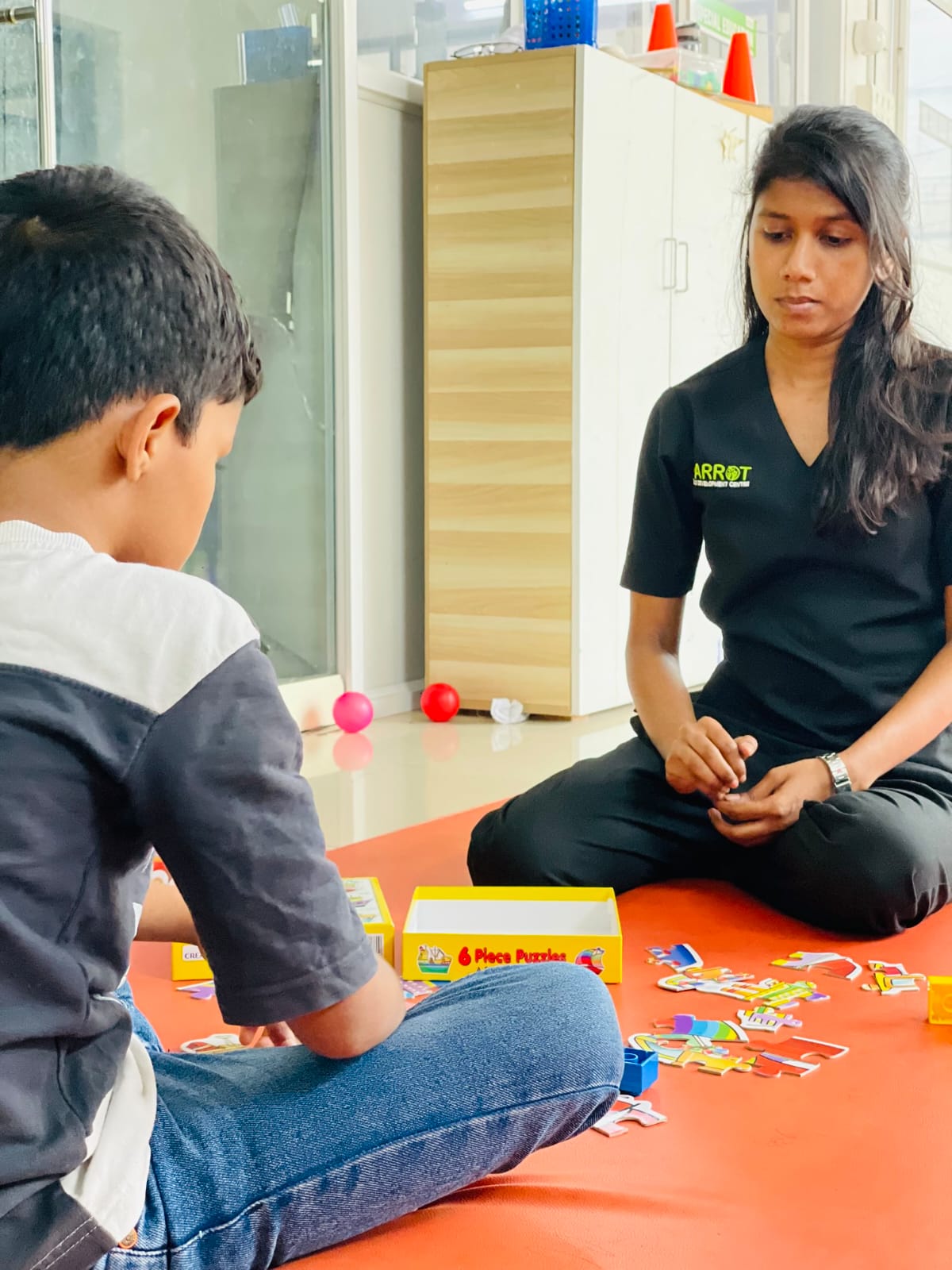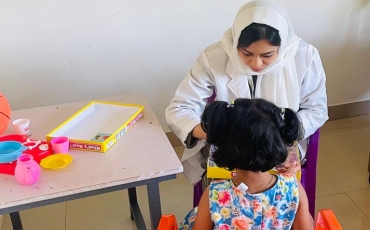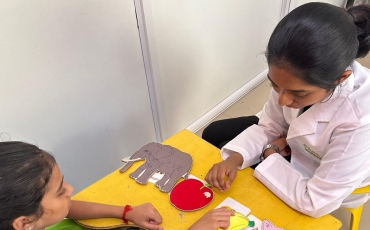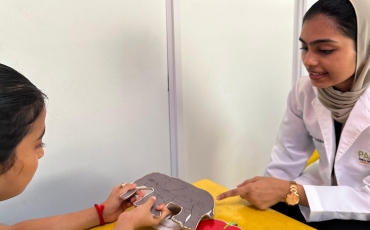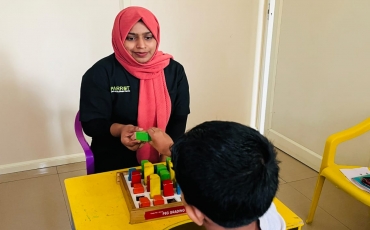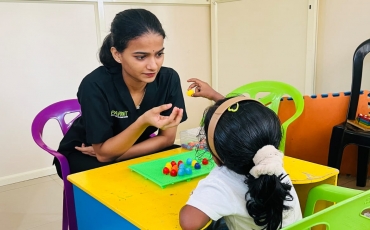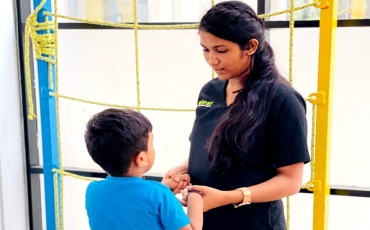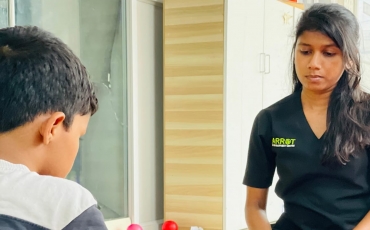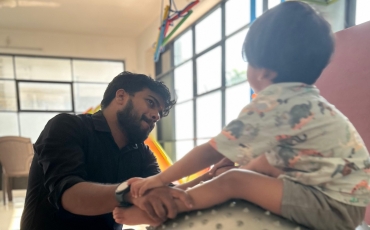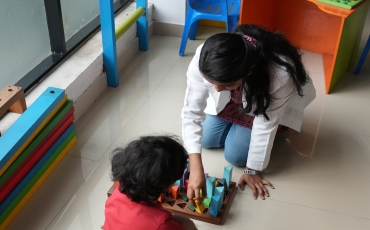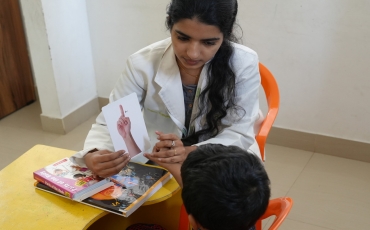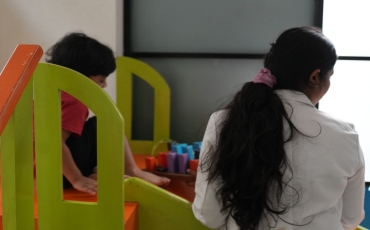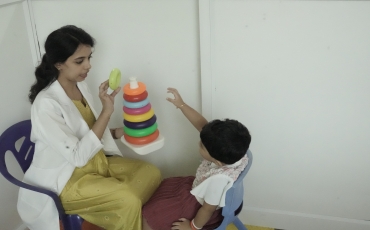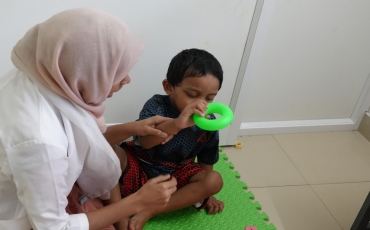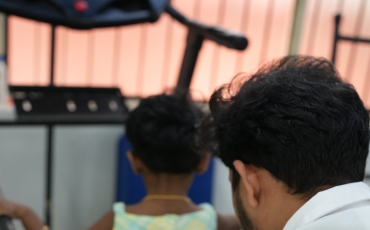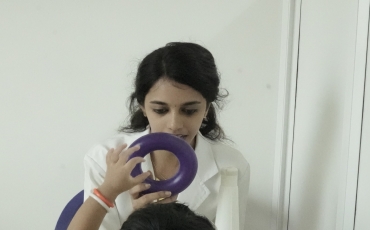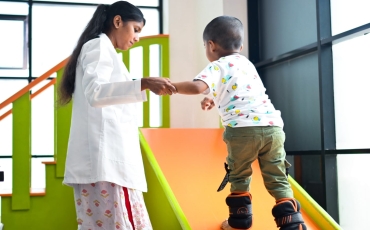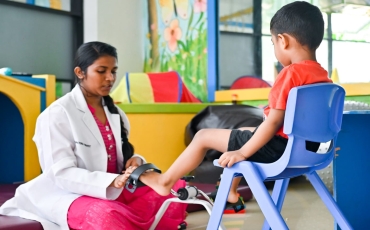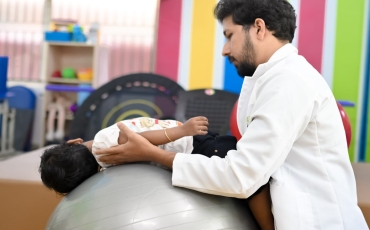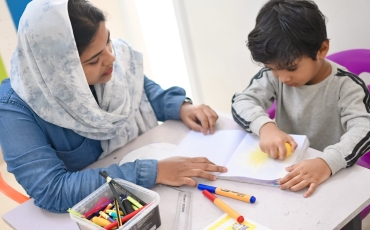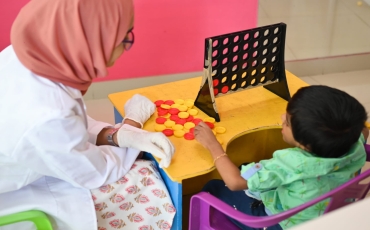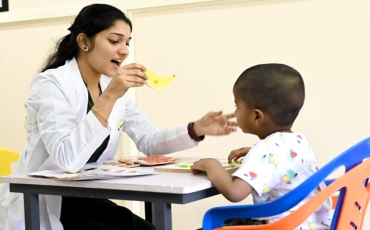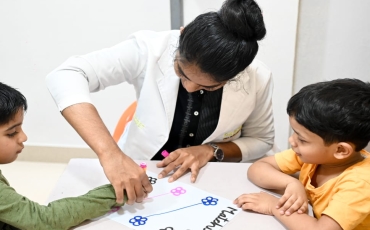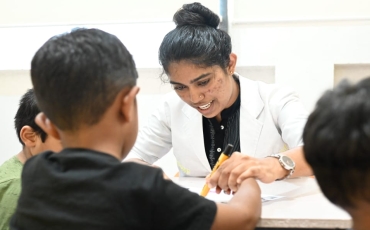What is Seizure?
Seizure is one of the most common neurologic disorders seen in children, with the highest incidence in the first year of life. Diagnostic accuracy can be challenging because many seizure mimics must be considered. Electroencephalography and neuroimaging can be critical in determining etiology and syndrome. Genetic testing is a high-yield endeavor, particularly in early-life epilepsies. Up to one-fourth of children with epilepsy will develop drug-resistant seizures. Comorbidities are very common in children with epilepsy, including intellectual disability in 25% and learning disability and attention-deficit/hyperactivity disorder in a significant minority. These comorbidities must be recognized and addressed as part of the child's overall care.
Best-selling cheap 2024 Swiss Made Fake Watches review for men can be found from the online store. All the collections are available.
The discounted online store provides uk automatic Best Swiss Replica Breitling Watches Outlet Watches Outlet for men with Swiss movements.
Types of Seizures in Children
There are many different types of seizures in children. They fall into a few categories:
* Focal, meaning the seizure activity begins in one part of the brain and may spread from there.
* Generalized, meaning the seizure affects all parts of the brain at once.
* Infantile spasms, a type of seizure that begins during the first year of life.
* Status epilepticus, which involve convulsions of more than five minutes.
* Febrile seizures, which occur within 24 hours of a fever for children between six months and five years of age.
Risk Factors
The principal risk factors for seizures in children are correlated with: positive family history , high temperature, mental disability,delayed discharge from NICU or premature birth, mother’s alcohol abuse and smoking in pregnancy doubles the risk of seizure incidence . Moreover in 30% of children in which the first episode of seizures occurs, the probability of recurrent episodes is increased.
Instead risks factors of recurrent febrile seizures include: small age and duration of first episode of seizures, low temperature during the first episode, positive familiar history for febrile seizures in a first degree relative, short timeframe from temperature elevation, and seizure onset.
Patients with all these risk factors show more than 70% probability of a recurrent episode of seizures; in contrast patients with none of them have a probability of a recurrent episode of seizure lower than 20%.
What Do You Do if a Child is Having a Seizure?
* Stay calm and stay with your child.
* Protect your child from getting hurt. Move objects away that may harm them.
* Place a soft object under your child's head.
* Roll your child onto their side.
* Loosen tight clothes.
* Time the seizure when it starts.
* Be prepared to give seizure rescue medication based on your child’s individual seizure plan.
* Call 911 if seizure lasts five minutes or longer and you do not have a seizure rescue medication.
* Do not put anything in the child's mouth. Your child cannot swallow their tongue.
* Do not try to keep your child from moving. This may cause you or your child to get hurt.
* Do not give liquids or medicine by mouth until your child is fully awake and alert.
Most seizures will stop within minutes on their own. If your doctor has prescribed “rescue medication” for seizures lasting five minutes or longer, be prepared. Know where the medication is and how to give it to your child. Store the medications securely at room temperature. Avoid storing it in places such as a car's glove compartment or a tote bag that will be out in the sun.

